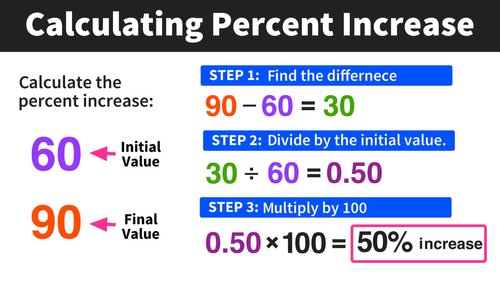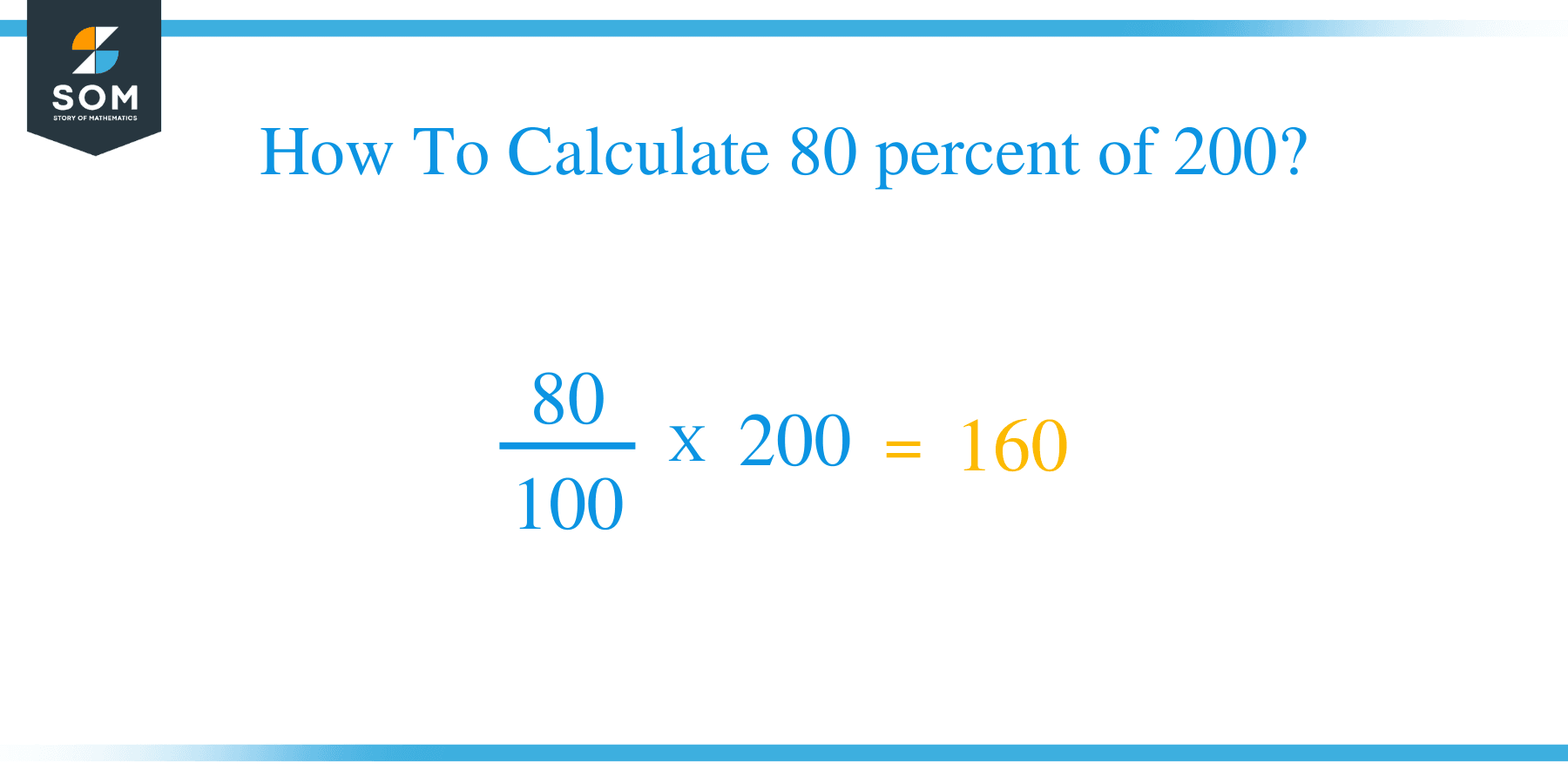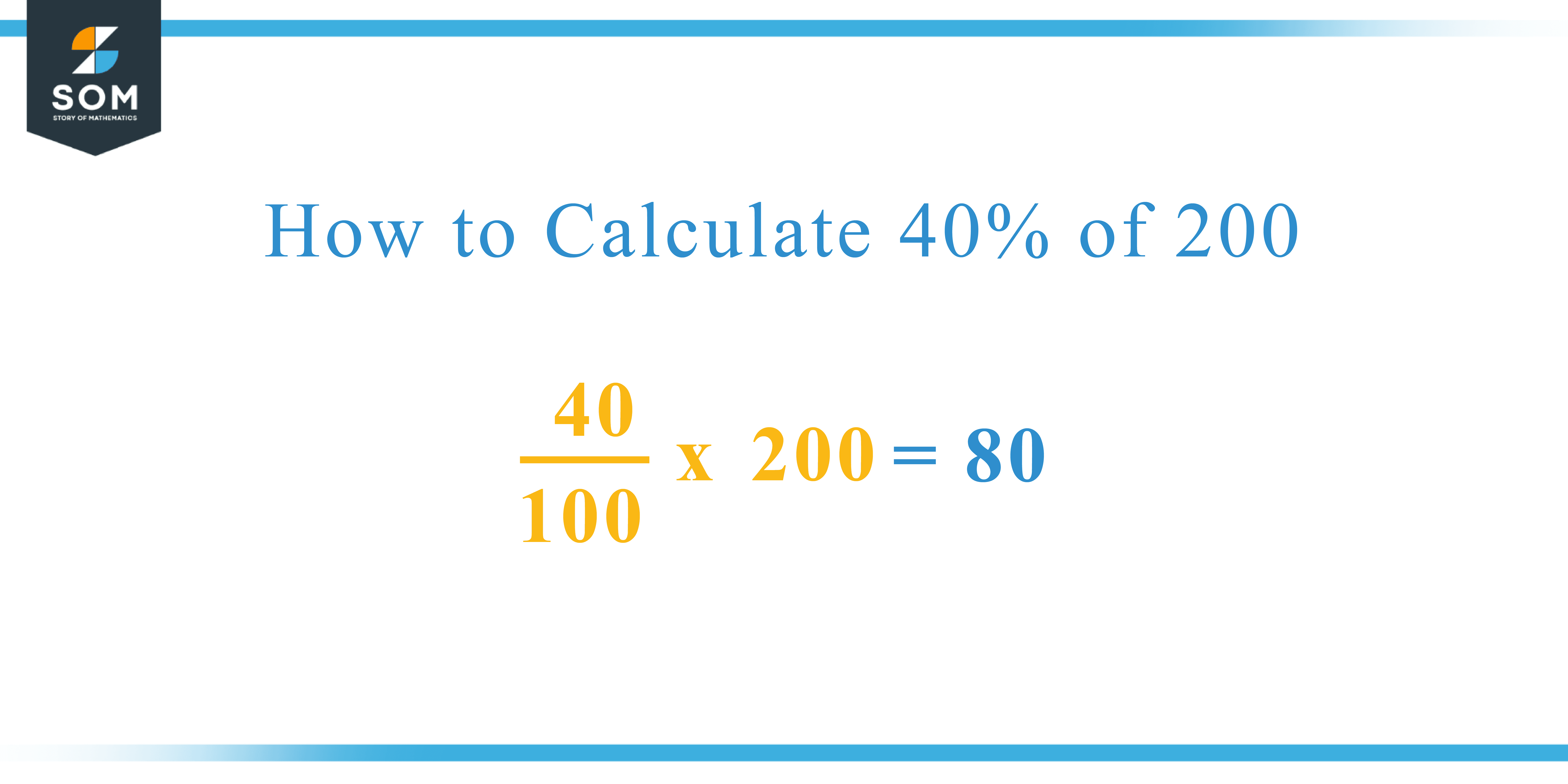184 Out Of 200 As A Percentage

The number 92% has become a focal point in recent discussions, sparking debate and analysis across various sectors. This percentage, derived from the ratio of 184 out of 200, is now being scrutinized for its implications on everything from educational outcomes to economic forecasts.
Understanding the weight of this figure requires a careful examination of its context. Whether it represents a success rate, a market share, or a compliance level, its interpretation demands a thorough investigation to avoid misrepresentation or oversimplification.
The Significance of 92%
The seemingly simple calculation of 184 out of 200 equating to 92% belies its potential complexity. The 'nut graf' of this issue lies in appreciating that a single percentage point can make a substantial difference, especially when dealing with large datasets or high-stakes environments.
This article will delve into various scenarios where this percentage is relevant, exploring its meaning, impact, and potential future implications. It seeks to provide a balanced perspective, acknowledging both the strengths and weaknesses associated with achieving a 92% mark.
Educational Assessments
In education, a score of 92% typically signifies excellent performance. It often translates to an A grade, indicating a strong grasp of the subject matter.
However, educators and policymakers are increasingly questioning whether such a high percentage truly reflects comprehensive understanding. Some argue that standardized tests may not adequately assess critical thinking or creativity, potentially inflating scores without demonstrating true mastery.
Furthermore, the focus on achieving high percentages can inadvertently promote rote learning and test-taking strategies, rather than genuine intellectual curiosity. This viewpoint is supported by research from educational psychologists at the University of California, Berkeley, who suggest that a more holistic assessment approach is necessary to gauge a student's overall capabilities.
Business and Market Share
In the business world, a 92% market share would represent near-monopoly status. This dominance could lead to concerns about unfair competition and consumer choice.
Antitrust regulators, such as the Federal Trade Commission (FTC) in the United States and the European Commission in Europe, closely monitor markets for such concentration. They investigate whether a company with a dominant market share is engaging in anti-competitive practices, such as predatory pricing or exclusionary contracts, that harm consumers.
However, a high market share can also be a result of superior product quality and customer service. It is crucial to differentiate between market dominance achieved through legitimate means and that obtained through unethical or illegal practices.
Quality Control and Manufacturing
In manufacturing, a 92% yield rate, meaning 184 out of 200 products meet quality standards, might be considered acceptable in some industries but insufficient in others. The acceptable threshold depends heavily on the specific product, its cost, and the potential consequences of failure.
For instance, in the aerospace or medical device industries, where even a small defect could have catastrophic consequences, a 92% yield rate would be unacceptable. Stringent quality control measures and rigorous testing are essential to ensure near-zero defect rates.
Conversely, for less critical products, a 92% yield rate might be considered reasonable, especially if the cost of achieving a higher rate outweighs the benefits. Lean manufacturing principles often involve balancing quality with efficiency to optimize overall production costs.
Compliance and Regulations
When it comes to regulatory compliance, a 92% adherence rate could be viewed in different lights. In some cases, it may be considered sufficient, while in others, it may trigger further investigation and corrective action.
For example, if a company is complying with environmental regulations at a rate of 92%, it may face penalties for the remaining 8% of non-compliance. Regulators, such as the Environmental Protection Agency (EPA), often have strict enforcement policies to ensure that companies meet their environmental obligations.
However, in other areas, such as customer satisfaction surveys, a 92% satisfaction rate might be considered excellent, indicating a high level of customer loyalty. Nevertheless, businesses should always strive to improve and address the concerns of the remaining 8% to further enhance customer experience.
Interpreting the Data: Context is Key
The overarching message is that the number 92%, representing 184 out of 200, is not inherently good or bad. Its significance is entirely dependent on the context in which it is applied.
A 92% success rate on a surgical procedure is far more critical than a 92% response rate on a marketing campaign. Understanding the potential consequences of failure and the costs associated with improvement are crucial factors in evaluating the true meaning of this percentage.
Therefore, a comprehensive analysis must consider the specific circumstances, the relevant benchmarks, and the potential implications for stakeholders.
Looking Ahead
As data becomes increasingly prevalent in decision-making, the ability to accurately interpret percentages and other statistical measures will become even more critical. It's important for individuals and organizations to develop a strong understanding of statistical analysis to avoid misinterpretations and make informed choices.
Further research into the nuances of data interpretation and the development of improved assessment methods are essential to ensure that percentages like 92% are used effectively and responsibly. This includes promoting data literacy and critical thinking skills across all sectors of society.
Ultimately, a holistic approach that considers both quantitative data and qualitative insights is necessary to gain a truly comprehensive understanding of any situation. Only then can we harness the power of numbers to drive positive change and achieve meaningful outcomes.


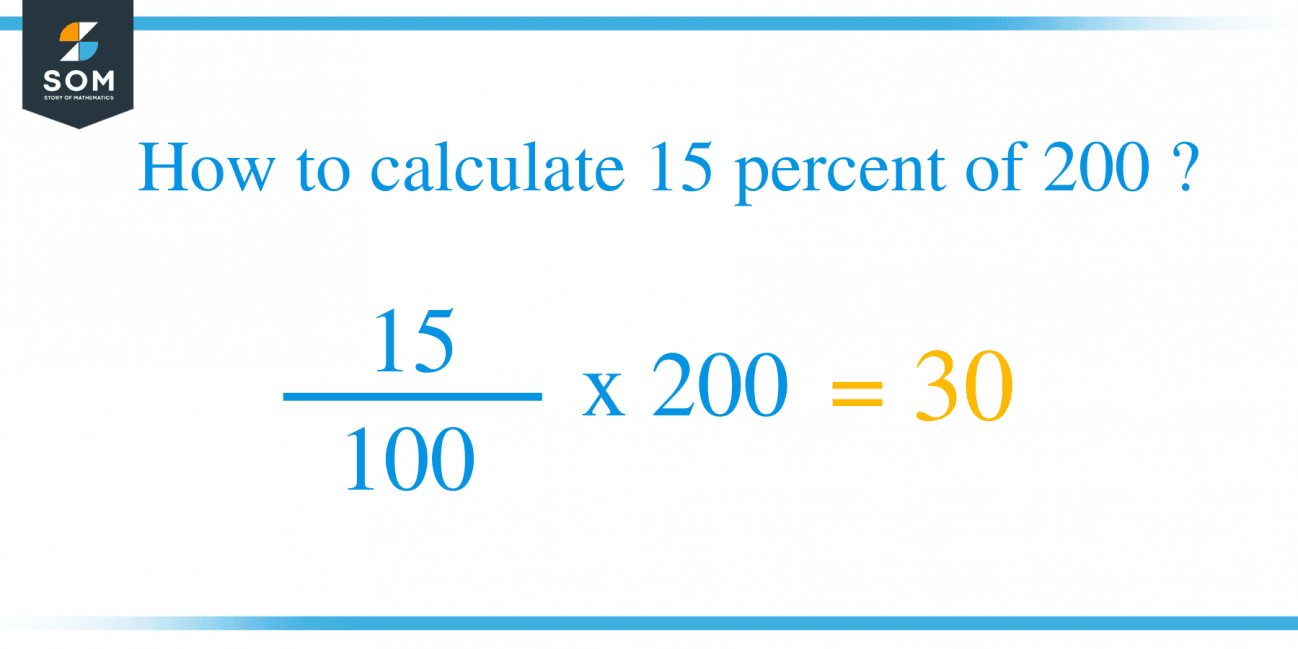

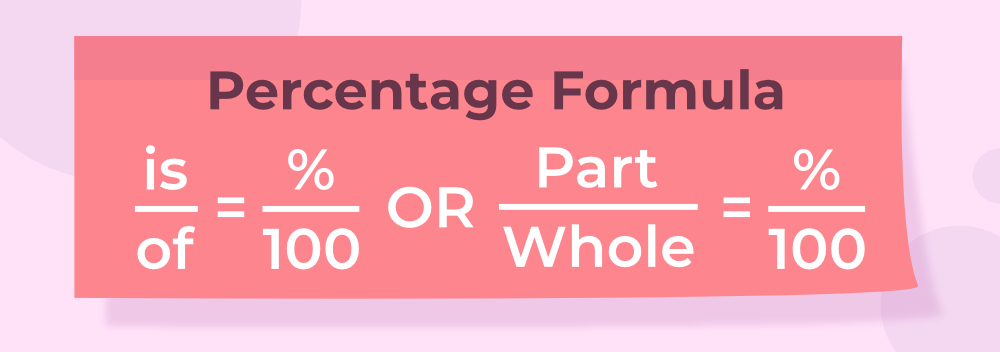
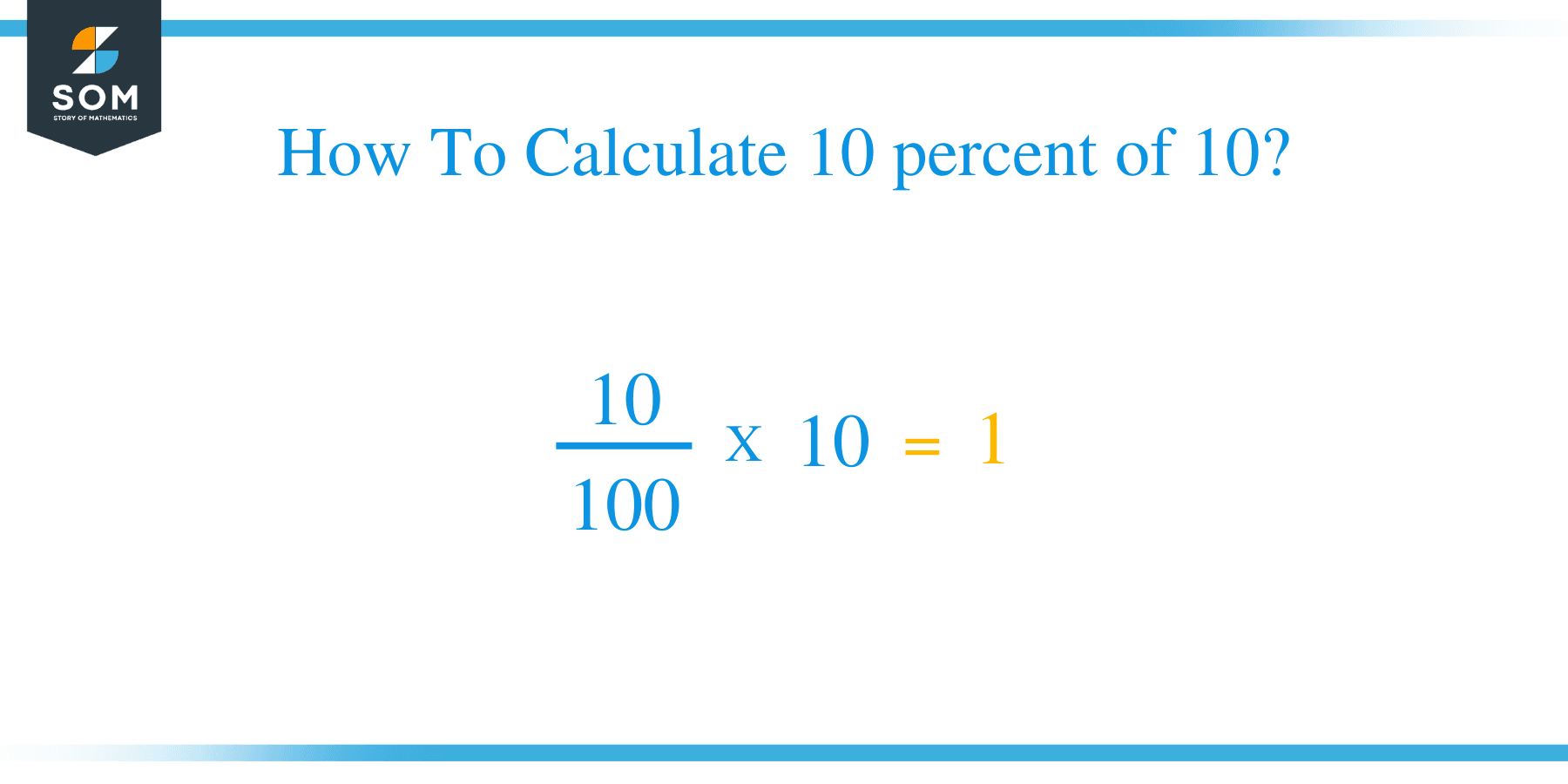
![184 Out Of 200 As A Percentage What is 188 out of 200 as a Percentage [Solved]](https://ik.imagekit.io/brightchamps/math/math-questions/188-out-of-200-as-a-percentage.png)

![184 Out Of 200 As A Percentage 134 is What Percent of 200? = 67% [With 2 Solutions]](https://timehackhero.com/wp-content/uploads/2024/03/134-is-What-Percent-of-200-1.png)

![184 Out Of 200 As A Percentage What is 20 Percent of 200? = 40 [With 2 Solutions]](https://timehackhero.com/wp-content/uploads/2024/01/What-is-20-Percent-of-200-40-With-2-Solutions.png)




